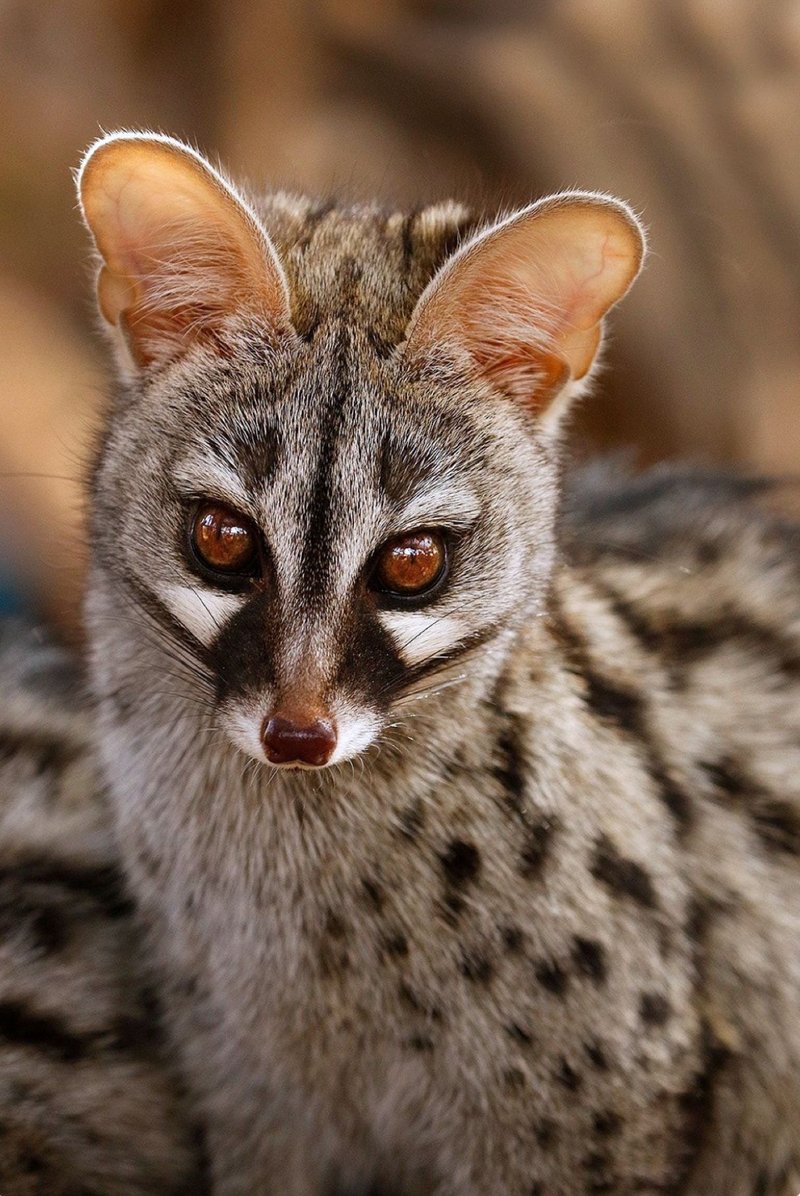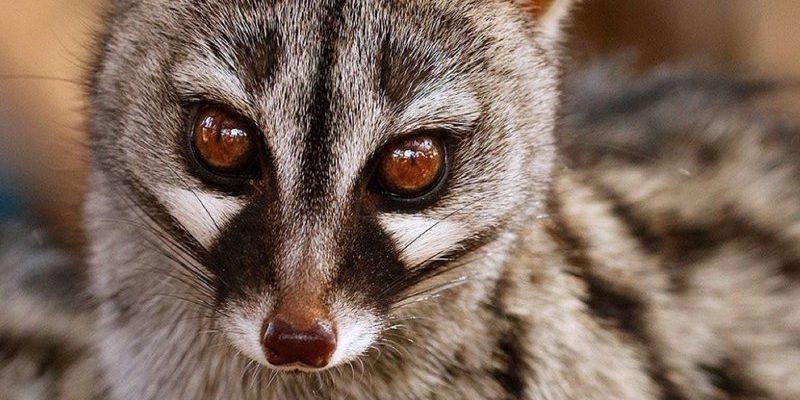
You might be wondering how this creature, often hiding in the shadows of the African savanna or bustling European woodlands, has managed to weave itself into the rich tapestry of folklore across different cultures. From ancient tales to modern interpretations, the genet tells us much about how we view the natural world. So, let’s explore how the genet is represented in various cultural narratives, myths, and artistic expressions.
Folklore and Mythology: The Genet’s Place in Stories
Folklore is like a time capsule, holding stories passed down through generations. The genet often appears in African stories, representing cunning and agility. In many cultures, animals are anthropomorphized, given human traits to teach morals or explain natural phenomena. The genet’s sleek body and stealthy nature make it a perfect character for tales of cleverness.
For instance, in some sub-Saharan folkloric traditions, the genet is seen as a trickster. This archetype is a common figure in folklore, often using its wits to outsmart larger, more powerful animals. These stories not only entertain but also convey lessons about resourcefulness and the value of intelligence over brute strength.
In contrast, European folklore may not depict the genet as frequently, but when it does, the animal often embodies mysterious qualities, suggesting a link between the natural and the supernatural. The genet sometimes appears in forest folklore, embodying the spirit of the hidden woods, where magic happens just out of sight.
Artistic Representations: Paintings and Literature
The representation of genets transcends oral traditions and finds its way into art and literature. In paintings, especially those highlighting wildlife, the genet is depicted with a certain elegance. Artists use its distinctive spotted coat and long tail to emphasize beauty and mystery.
In literature, the genet often plays roles that enhance the theme of the natural world. For example, in some children’s books, the genet is portrayed as curious and adventurous, inspiring young readers to explore their surroundings. These literary representations are crucial, as they help form connections between children and nature, fostering an appreciation for wildlife.
You might also encounter the genet in poetry, where its elusive behavior is used as a metaphor for the chase of dreams or the unpredictable nature of life. Such portrayals reflect society’s complex relationship with nature, often capturing the beauty and transient quality of existence.
Symbolism: The Genet in Cultural Practices
In many cultures, animals serve as symbols, embodying specific traits or attributes. The genet, with its agile movements and stealth, symbolizes adaptability and cleverness. In cultures where resourcefulness is valued—like in many African communities—the genet’s characteristics are celebrated and revered.
For example, some tribes use the genet as a symbol in their art and rituals, representing the balance between humans and nature. The animal’s sleek presence reminds people of the need for caution and wisdom in their daily lives. It’s a gentle nudge to embrace cleverness and adaptability amidst challenges.
Moreover, the genet’s unique hunting style correlates with traditions that emphasize a deep understanding of the environment. This connection highlights how cultures interpret the natural world and integrate those interpretations into their social fabric, reinforcing the importance of harmony with nature.
Modern Interpretations: The Genet in Popular Culture
In today’s world, you might find the genet making appearances in various forms of popular culture—from films and cartoons to online content. Modern interpretations often play with the genet’s characteristics, presenting it as a quirky and charming character. This shift in depiction reflects society’s growing interest in wildlife conservation and awareness of nature’s diversity.
Animated films may portray the genet as a sidekick or a clever protagonist, using its agility and wit to navigate challenges. This not only entertains but also introduces audiences to lesser-known animals, fostering curiosity and appreciation for wildlife.
Moreover, social media platforms often showcase videos and photos of genets, allowing people to connect with these creatures in real time. The charm of the genet, coupled with its unusual traits, has captivated audiences, encouraging discussions about environmental conservation and the importance of protecting these fascinating animals.
Conservation and Cultural Identity: The Genet’s Role
Cultural representations of the genet also play a vital role in conservation efforts. As more people become aware of this unique animal’s existence, they foster a sense of connection—leading to a deeper desire to protect its habitats. Cultural narratives around the genet can inspire community action, as people advocate for wildlife preservation.
Moreover, integrating traditional knowledge with modern conservation practices helps emphasize the genet’s importance beyond just its ecological role. It becomes a symbol of cultural identity, connecting communities to their natural heritage. This relationship highlights how folklore can influence current conservation efforts, promoting respect for the environment.
The role of the genet in folklore and culture underscores a broader theme—our connection to nature is deeply intertwined with our stories and identities. This relationship enriches our understanding of the world and guides us toward a more sustainable future.
Global Perspectives: How Different Cultures View the Genet
Globally, the perceptions of the genet can vary widely. In some regions, it’s celebrated as a clever and agile creature, while in others, it might be viewed with suspicion or fear. For instance, in many parts of Africa, the genet is considered a symbol of good luck, believed to bring blessings to those who encounter them.
Conversely, in some European cultures, the genet may be seen as a pest or a nuisance, particularly when it inhabits urban areas. This duality in perception highlights how cultural contexts can shape attitudes toward wildlife.
You might also find that indigenous cultures have their own unique interpretations of the genet that intertwine with their local ecosystems and spiritual beliefs. Understanding these global perspectives allows us to appreciate the rich tapestry of human-animal relationships and how they influence our actions and beliefs.
In summary, the genet’s presence in culture and folklore enriches our understanding of this remarkable creature. By exploring its representations, we not only discover charming stories and symbolism but also reinforce our commitment to respecting and conserving the natural world. So, next time you hear tales of this elusive animal, think about the deeper messages hidden within those stories and the importance of preserving the enchanting world we share with them.

